Happy Halloween! An appropriate day to raise myself from the dead, I think. I’ve just been incredibly busy, travelling and working and whatnot, but I do have some stuff in the works for the next little while.
I knew I had to get this one up today, though. The “obi” is too perfect for a classy and creepy outfit. Funny thing is, it’s not an obi at all. It’s two table runners from Target! One wrapped twice around the body, and one for the musubi. I wanted to keep the rest of the outfit subtle but still halloween-y so my bat menuki obidome and spiderweb haneri, and then remembered I had this lovely piece of soft spiderweb mesh I found in a remnant bin at the fabric store. It makes the perfect shawl, doesn’t it?
I love how this outfit feels seasonal and creepy but totally wearable, and I also love how the two star pieces are both found items that have nothing to do with kimono. The orange accessories were the finishing touch, and they add just the right amount of pop.
Items used in this coordination
- Ivory
- Cute Cotton
- Orange Shibori
- Orange & White
- Bat Menuki

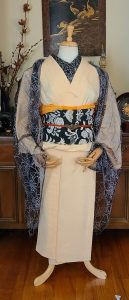

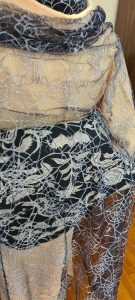
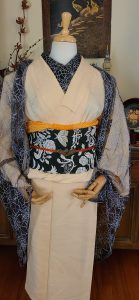
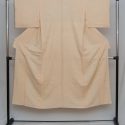
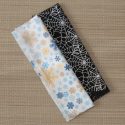
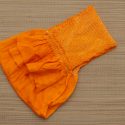

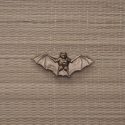
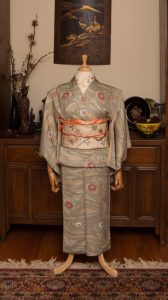
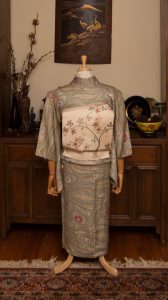
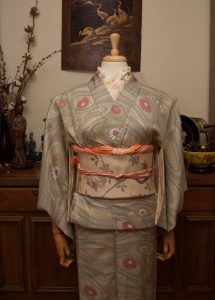
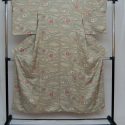
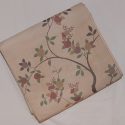
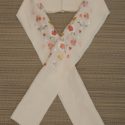
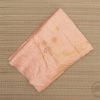

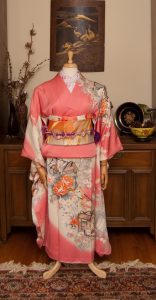
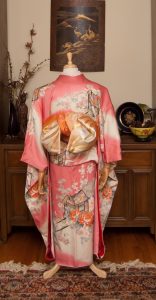
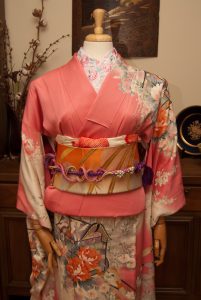
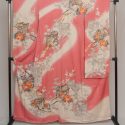

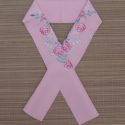

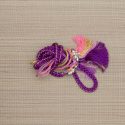

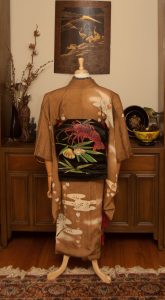
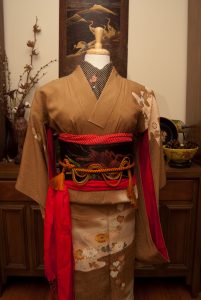
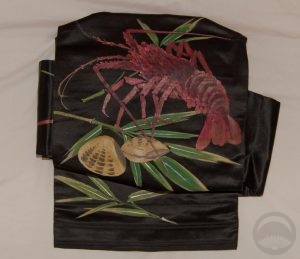
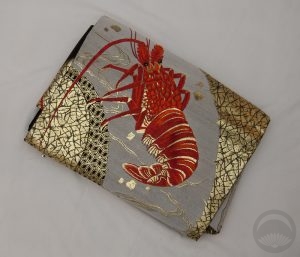

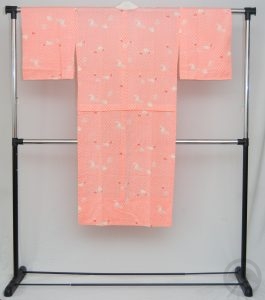
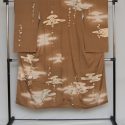
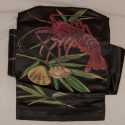
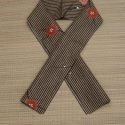
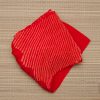
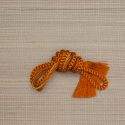
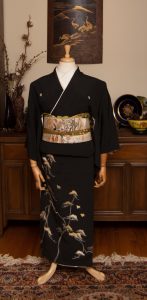
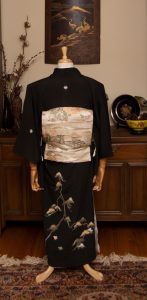

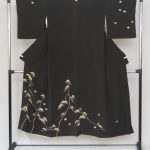
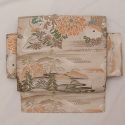
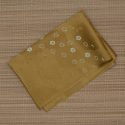
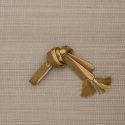









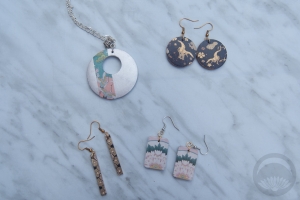

 Bebe Taian
Bebe Taian CHOKO Blog
CHOKO Blog Gion Kobu
Gion Kobu